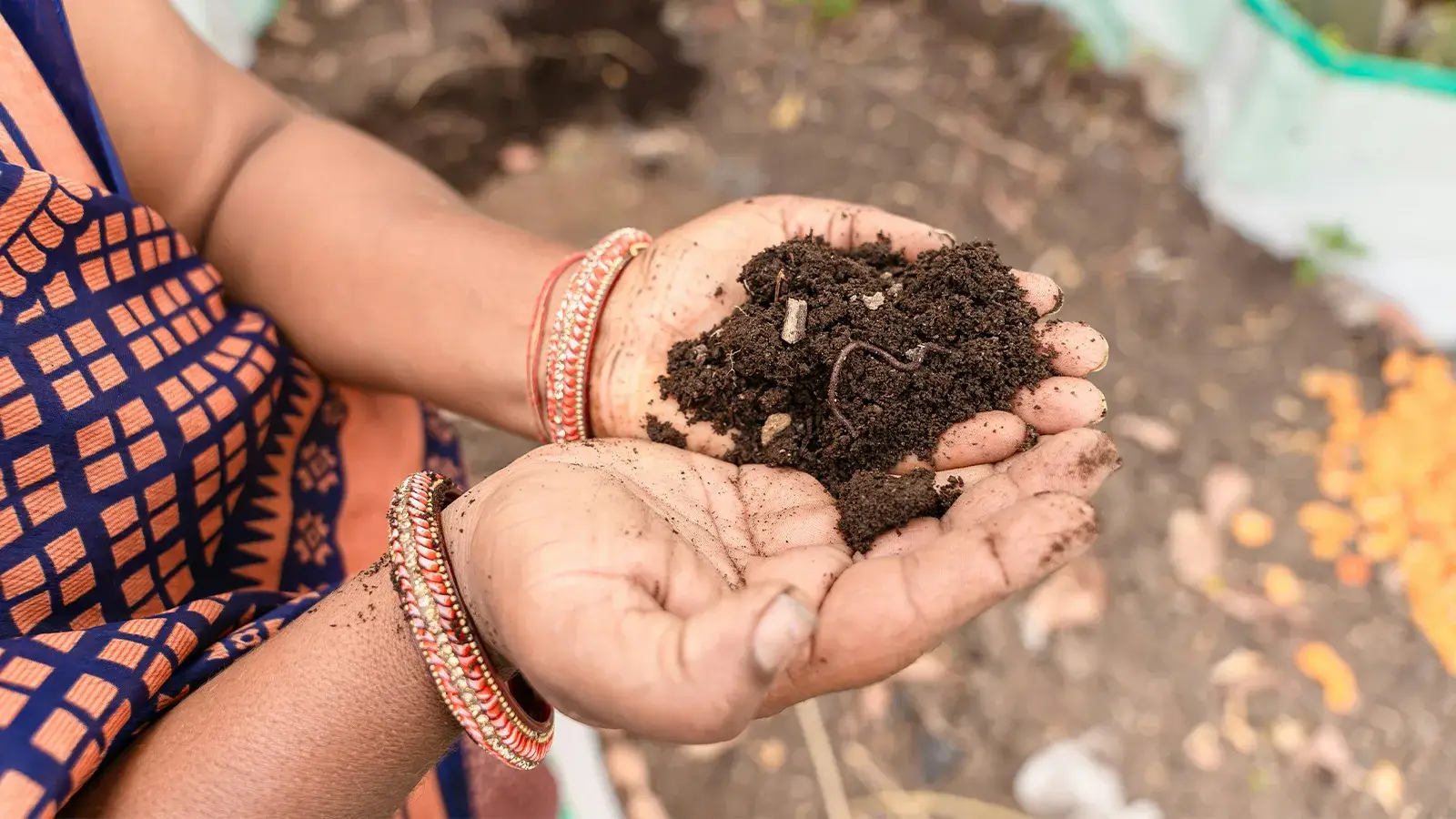This impact story is part of a series featuring companies that are members of One Planet Business for Biodiversity (OP2B)/WBCSD. Through these stories, we aim to showcase our members’ commitment to driving the transition to regenerative agricultural practices, the impact on farmers and the role OP2B plays in supporting this transformation.
Yara International ASA, a global leader in plant nutrition, produces, distributes and sells nitrogen-based mineral fertilizers and related industrial products. By embracing regenerative agriculture, Yara aims to achieve its sustainability goals while addressing the complex challenge of feeding a growing global population. Recognizing the urgent need for a more sustainable food system, the Norwegian fertilizer producer collaborates closely with farmers and industry experts to develop solutions that reduce environmental impact and enhance agricultural resilience.
Regenerative agriculture: balancing fertilizer use and reducing environmental impact
Anke Kwast, Yara’s Vice President of Regenerative Agriculture and Climate Frameworks, pointed out that today half of the human population relies on the use of mineral nitrogen. At the same time, she recognized that mineral nitrogen fertilizers contribute to about 3 % of the global greenhouse gas emission and that in some regions the unconscious fertilizer use is leading to pollution with adverse effect on biodiversity. Yara tackles this challenge by investing into the decarbonization of their fertilizer production and by committing to regenerative agriculture. For Yara, Regenerative Agriculture is a key solution for both environmental improvement and a more sustainable food system. The company has developed a regenerative agriculture toolbox and launched global initiatives to help farmers transition to more sustainable practices.
Yara International places soil health at the core of its regenerative agriculture strategy. By offering farmers detailed soil assessments – covering pH, nutrient levels, organic matter and respiration – Yara helps guide sustainable practices. Tailored solutions, such as combining organic and mineral fertilizers, enhance soil fertility, prevent degradation and improve resource efficiency. Initiatives like YaraSuna organic fertilizers, launched in Vietnam, illustrate the company’s commitment to practical innovations,

Transforming almond farming in California with regenerative practices Yara’s commitment to regenerative agriculture is evident in its efforts to improve almond farming practices in California, a sector facing significant environmental and economic challenges. Almond production is highly resource-intensive, requiring substantial inputs of water and nutrients. To address these issues, Yara has introduced innovations aimed at enhancing resource efficiency while maintaining crop profitability.
Devin Clarke, Agronomy Solutions Manager at Yara North America, explains how the company has refined traditional fertigation practices – a method combining irrigation and fertilization – to adopt what he calls “continuous fertigation.” “This management practice involves delivering smaller quantities of nutrients more frequently, matched precisely to the crop’s growth cycle,” Clarke notes. By applying nutrients only when and where they are needed, Yara’s approach minimizes waste and improves nitrogen use efficiency by 10–20%.
Central to Yara’s strategy is the application of the 4R’s of nutrient stewardship – right source, rate, time, and place – which supports almond growers in reducing input waste, lowering greenhouse gas emissions and improving water efficiency. Debbie Watts, Vice President of Innovation & Market Development at Yara North America, highlights the broader implications of these practices:

By making incremental changes to products and processes, we are not only enhancing resource efficiency but also reducing the pressure on biodiversity. This evolution in farming practices delivers measurable environmental benefits while ensuring a positive return on investment.
Debbie Watts
This targeted approach demonstrates how regenerative agriculture can address sector-specific challenges, providing a sustainable path forward for high-demand crops like almonds.

OP2B: a blueprint for collaborative action
For Yara, OP2B serves as a blueprint for action. The coalition’s Framework for Regenerative Agriculture offers a science-based, outcome-oriented roadmap designed to transform conventional farming systems. Anke Kwast, Vice President of Regenerative Agriculture and Climate Frameworks at Yara, emphasizes its value:
The framework mobilizes science and innovation to define clear outcomes rather than prescribing practices, providing a shared direction for sustainable agricultural transformation. We congratulate OP2B for its thought leadership in this space. It has been instrumental in shaping our initiatives and ensuring alignment with common industry goals.
Anke Kwast
OP2B’s collaborative approach highlights the shared responsibility of advancing regenerative agriculture. The coalition unites stakeholders across sectors to tackle the pressing challenges of food production while protecting natural resources. Devin Clarke, Agronomy Solutions Manager at Yara North America, reinforces this point: “Our engagement with hundreds of stakeholders, both domestic and international, demonstrates that meaningful change is achievable – but only through coordinated efforts.”
Regenerative agriculture is a critical solution to transform the way we produce food, feed and fiber, benefiting the climate, nature and people. Over the next years, the OP2B coalition will focus on unlocking three strategic key levers for to scale up regenerative agriculture: harmonizing measurement, fostering collaborations to support farmers’ transition, advocating for supportive policies to create enabling environment.
